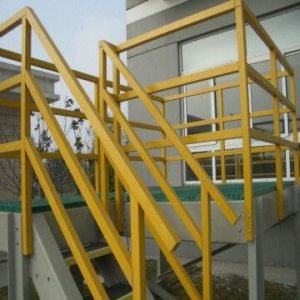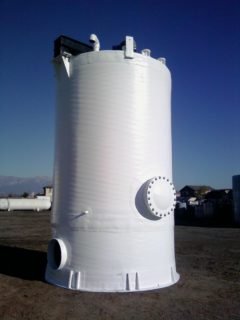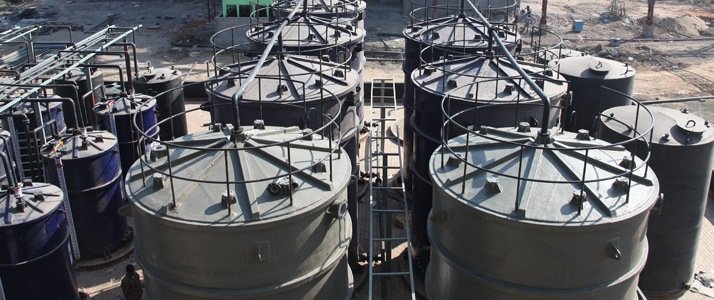Mechanical Properties of Glass Fiber Reinforced Polymers Members for Structural Applications
Introduction:
Applications of Glass Fiber Reinforced Polymers (GFRP) elements have grown steadily during the last years, as they became extremely popular in different areas of the aerospace, automotive, marine, O&G (oil and gas) and civil construction industries, namely (fiberglass structures): ladders, platforms, handrail systems tank, pipe and pump supports, The development of GFRP for commercial use occurred in the 1940s, particularly due to interest to the naval industry, Afterward, the global production speedily increased, reaching the current development in the late 1960s, when the combination of low material and production costs and advances fabrication of members, finally make polymer production economical and diffused to other fields. Moreover, GFRP presents very flexible design solutions, due to its extraordinary fabrication adaptability, high durability and structural efficiency (strength-to-weight ratio) and its usage also benefits from increasingly low production and erection costs.

(Handrail Made by FRP or GRP material)
GFRP is a category of plastic composite that specifically uses glass fiber materials to mechanically improve the strength and stiffness of plastics, the resin provides additional protection to the fiber due to the bounding between materials. Among the different methods of forming GFRP members, the pultrusion, which emerged in the USA in the 1950s, was used to produce the GFRP profile illustrates the two-step fabrication process: (i) impregnation, where the (glass) fiber package and slit fabrics material are manufactured and pulled through a wet bath of resin (matrix), formed into the irregular part shape (i.e., they are bonded with the matrix during molding) and (ii) cure, where obtained saturated material is extruded from a heated mold, while being continuously pulled through die fibrous materials, resulting into some of the end products of pultrusion – structural fiberglass predefined shapes (e.g., I-shape, angle, channel and flat sheet profiles) and length.
Most Important Test in GRP
(I) Direct tension and compression, (ii) two-point flexural bending, (iii) pin-bearing pushed-out and (iv) interlaminar shear deformation (V) Glass content, (VI) Fire retardant.




